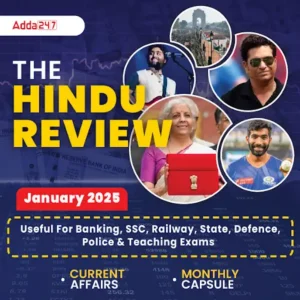Directions (1-5): Study the following information carefully and answer the questions give below.
Seven friends A, B, C, D, E, F, and G purchased different cars i.e., U, V, W, X, Y, S, and Z in seven different months from January to July (not necessarily in same order). Also, they all like different fruits i.e., Mango, Muskmelon, Orange, Kiwi, Pomegranate, Guava, and Cherry (not necessarily in same order).
E did not purchase a car in March and July. Car Z was purchased in a month which has 30 days. B purchased a car in June. Either D or E likes guava. C purchased car W in February. A likes mango and F purchased car Y. F doesn’t like muskmelon and kiwi. The one who likes pomegranate purchased car V. B did not purchase car U. The one who purchased car W doesn’t like muskmelon and car S was purchased in May. A purchased a car in a month which has 31 days. Cars V and Y were purchased in the months which have 31 days. Either B or A purchased car Z. G likes orange and purchased car X. D purchased car just after G. The one who likes mango did not purchase car S. E did not purchase car S.
Q1. Who among the following friend likes Pomegranate?
(a) C
(b) B
(c) A
(d) E
(e) None of these
Q2. Who among the following friends purchased a car in March?
(a) A
(b) C
(c) F
(d) Either (a) or (c)
(e) None of these
Q3. Which of the following combination is not true according to the given arrangement?
(a) W- Kiwi
(b) V- January
(c) X- April
(d) Y- Cherry
(e) S- Kiwi
Q4. The one who likes cherry, purchased a car in which of the following month?
(a) July
(b) June
(c) February
(d) Either (a) or (e)
(e) March
Q5. Car V purchased in which of the following month?
(a) January
(b) July
(c) April
(d) None of these
(e) May
Directions (6-9): Each of these questions is based on the following information:
(i) P % Q means P is the father of Q.
(ii) P @ Q means P is the brother of Q.
(iii) P $ Q means P is the daughter of Q.
(iv) P * Q means P is the son of Q.
(v) P © Q means P is mother of Q
(vi) P & Q means P is wife of Q
Q6. Which of the following shows the relation that M is aunt of R?
(a) N*Q, M$Q, P©R, R*N
(b) M@R, N*Q, P$M
(c) N©R, M$Q, N$P
(d) N*R, M$P, P©R
(e) None of these
Q7. Who among the following is daughter in law of Z in the relation- ‘T & Y % S & X * Z’ is true?
(a) X
(b) Y
(c) T
(d) S
(e) Can’t be determine
Q8. If the expression ‘J @ K & L @ M $ O’ is true, then which of the following is true?
(a) O is mother of M
(b) J is brother of L
(c) K is sister-in-law of M
(d) O is mother-in-law of K
(e) None is true
Q9. If the expression ‘N&J, O©P, J@O, O&R, Q%O, P*O’ true, then which of the following is true?
(a) N is uncle of P
(b) Q is grandfather of P
(c) J is aunt of O
(d) R is brother-in-law of P
(e) All are true
Direction (10): In the given question below a statement followed by three assumptions numbered I, II and III. As assumption is something supposed to be taken for granted. You have to consider the statement and the assumptions and decide which of the assumptions implicit in the statement.
Statement: “You should be very careful so that the society does not adversely comment on the police leadership.” A statement made by a CBI officer to the newly recruited young officers.
Assumptions:
I. The society always indulge in adverse comments
II. People’s trust in the police force is not up to the desired level
III. Society has the efficiency to judge accurately about the police leadership.
(a) Only I & II
(b) Only II & III
(c) Only I & III
(d) None
(e) None of these
Solutions
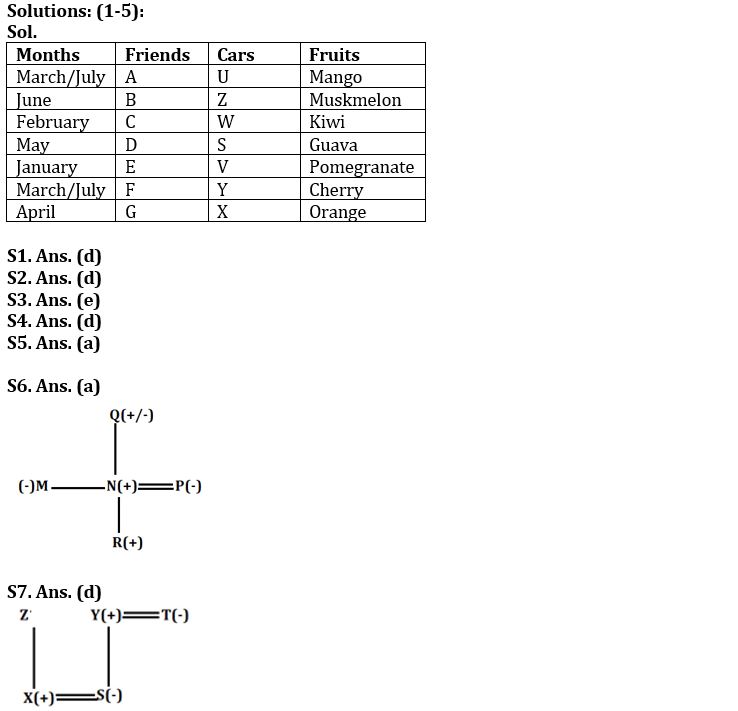


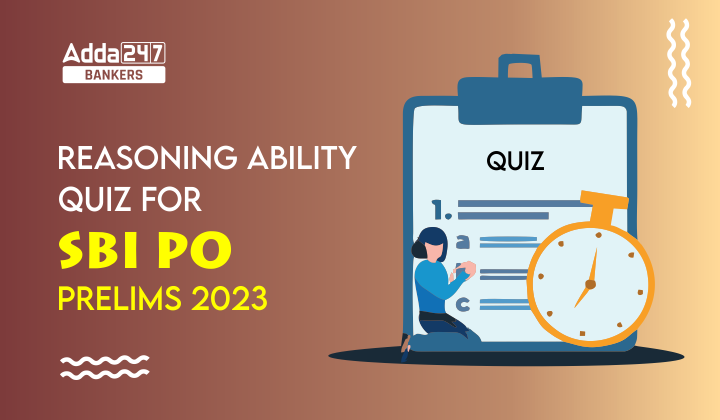
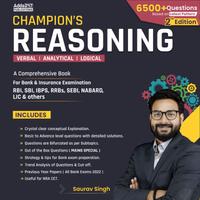


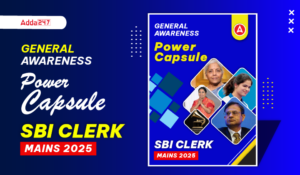 GA Capsule for SBI Clerk Mains 2025, Dow...
GA Capsule for SBI Clerk Mains 2025, Dow...
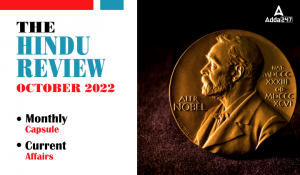 The Hindu Review October 2022: Download ...
The Hindu Review October 2022: Download ...
 Hindu Review March 2025, Download Monthl...
Hindu Review March 2025, Download Monthl...



